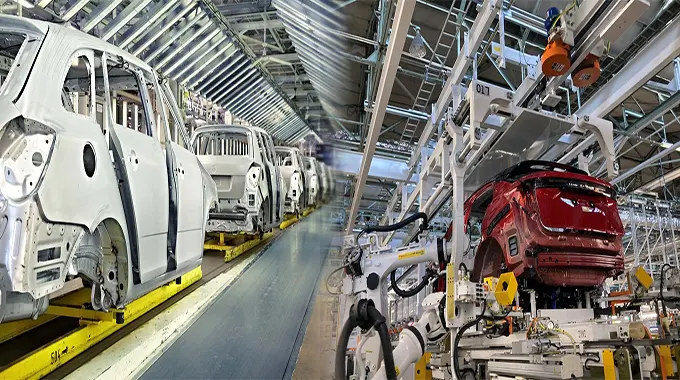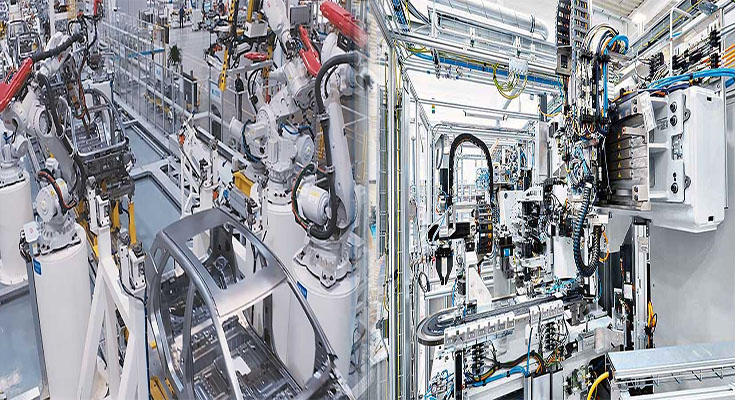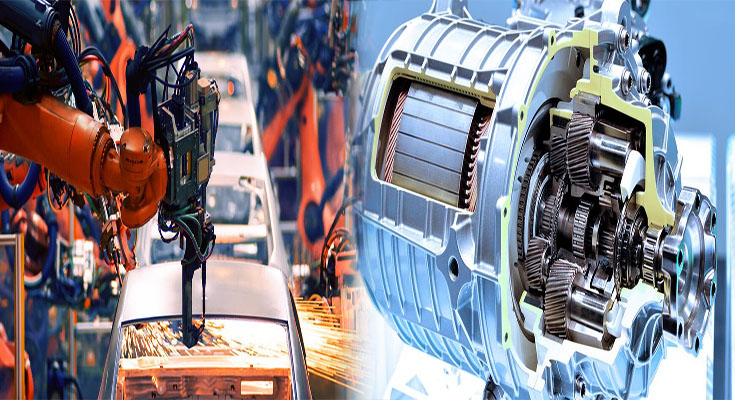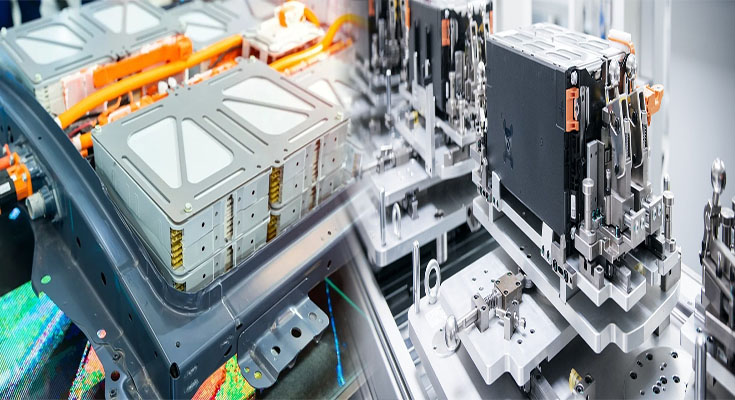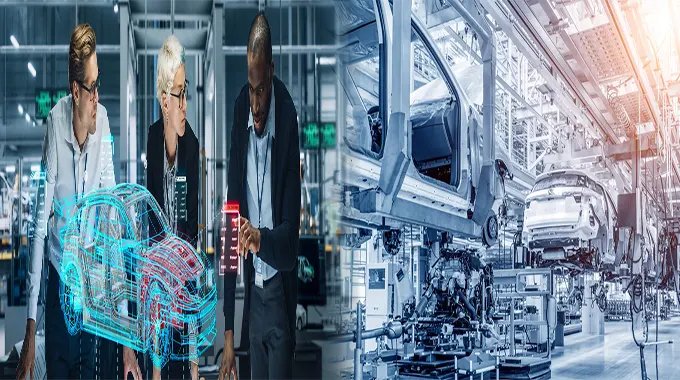
Key Stages in the Car Development Process for Electric Vehicles
As the automotive industry continues to shift towards sustainability and eco-friendliness, the development of electric vehicles (EVs) has become a focal point for many car manufacturers. The process of developing an electric vehicle involves several key stages, each crucial in ensuring the successful creation of a cutting-edge and efficient EV.
1. Research and Design
The first stage in the development process of an electric vehicle involves extensive research and design work. Engineers and designers collaborate to conceptualize the vehicle’s appearance, functionality, and performance. This stage also involves selecting the most suitable materials and components to ensure the vehicle’s efficiency and overall sustainability.
2. Battery Technology Development
One of the most critical aspects of an electric vehicle is its battery technology. This stage involves the research and development of high-performance and long-lasting batteries that can power the vehicle efficiently. Advancements in battery technology play a significant role in enhancing the range …
Key Stages in the Car Development Process for Electric Vehicles Read More

